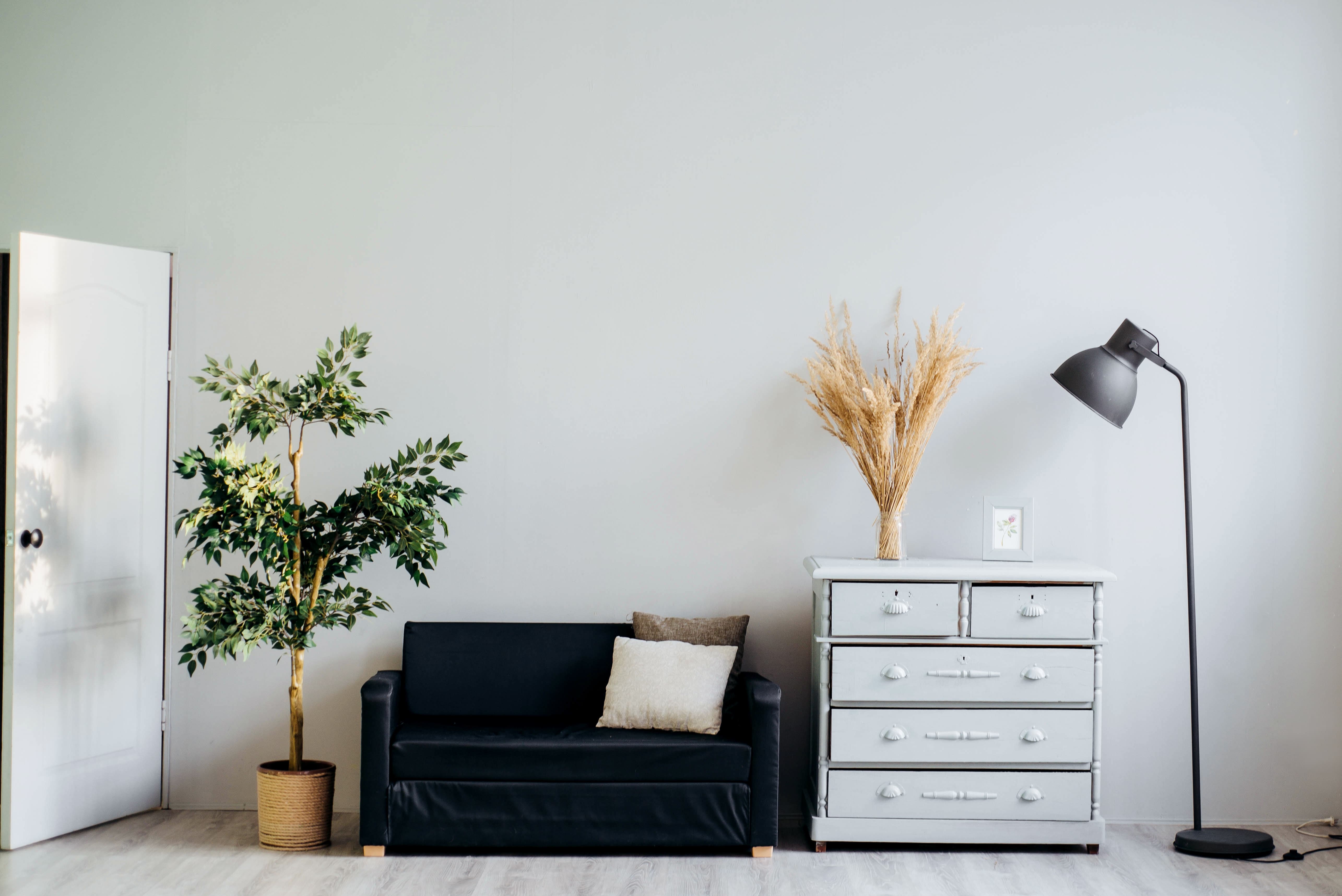
15 Year Vs. 30 Year Fixed-Rate Mortgages
- 10 September, 2020
When selecting the right loan product for your family, you will need to choose what type of loan you want. Depending on the product, you will often get a choice between a fixed-rate mortgage and an adjustable-rate mortgage. If you are looking for less risk, (which is most families), you will opt for a fixed-rate mortgage.
Depending on the lender and the loan product, you will have two choices of fixed-rate mortgages, a 15 year and a 30 year. What you choose will depend on the amount you can afford monthly, what your long-term goals are, and whether you have a support system if things go wrong.
This article will help you understand both types of fixed-rate mortgages and help you understand the pros and cons of both.
What is a fixed loan?
A fixed loan is where your interest rate is fixed for the entirety of your mortgage. Opposite to ARM loans, fixed-rate mortgages start with slightly higher interest rates but does not change even when the market fluctuates. This means your monthly principal and interest payment will stay the same.
However, your taxes and insurance may change through your loan which you increase or decrease your monthly payment. While you are still subject to changes, this is a much more fixed expense which changes with the housing market.
What are the pros and cons of a 15 year fixed?
Positives:
- Lower interest rates
- Shorter timeline to owning home free and clear
- Less in total interest payments over the life of the loan
- More money going into an investment
Negatives:
- Much higher monthly payment
- Less money to invest in the stock market
- Less money to put into savings
- More likely to foreclose on the home if fall into financial hardship
What are the pros and cons of a 30 year fixed?
Positives:
- Lower monthly payment
- More money to invest in the stock market
- More money for savings
- Less likely to foreclose if fall into financial hardship
- Less risk for the borrower
Negatives:
- Higher interest rates
- Longer timeline to owning your home free and clear
- More in total interest payments over the life of your loan
While a 30-year fixed-rate mortgage may be the norm for most Americans, it pays dividends to look at all of your options and the long-term costs associated with each. Depending on a variety of factors such as how often you will move, whether it will stay a primary residence, and what your debt load is, you may benefit from a 15-year fixed-rate mortgage. Curious about your options and how they stack up for you? Click here and schedule your free consultation today.
